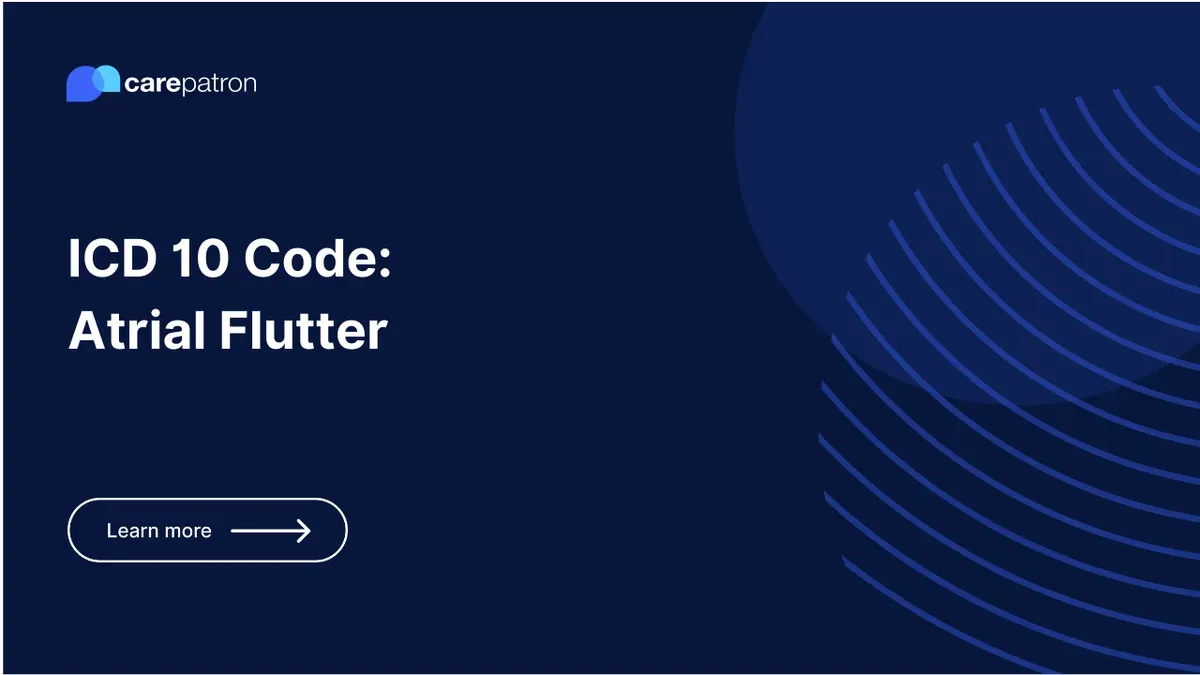
Atrial Flutter ICD-10-CM Codes | 2023
Discover the precise Atrial Flutter ICD-10-CM codes for accurate medical documentation and streamlined billing. Ensure optimal coding efficiency.
Use Code
Commonly asked questions
Atrial flutter is typically diagnosed through electrocardiography (ECG) findings, which show characteristic sawtooth-shaped flutter waves. Additional tests, such as echocardiography or stress tests, may be performed to assess the underlying cause or associated conditions.
Symptoms of atrial flutter may include palpitations, rapid or irregular heartbeat, shortness of breath, chest discomfort, dizziness, fainting, and fatigue.
Treatment options for atrial flutter include rate control, rhythm control, and anticoagulation. Rate control aims to slow the heart rate using medications or procedures. Rhythm control focuses on restoring a normal heart rhythm through medications or procedures like cardioversion or ablation. Anticoagulation is often prescribed to reduce the risk of blood clots and stroke.
EHR and practice management software
Get started for free
*No credit card required
Free
$0/usd
Unlimited clients
Telehealth
1GB of storage
Client portal text
Automated billing and online payments
